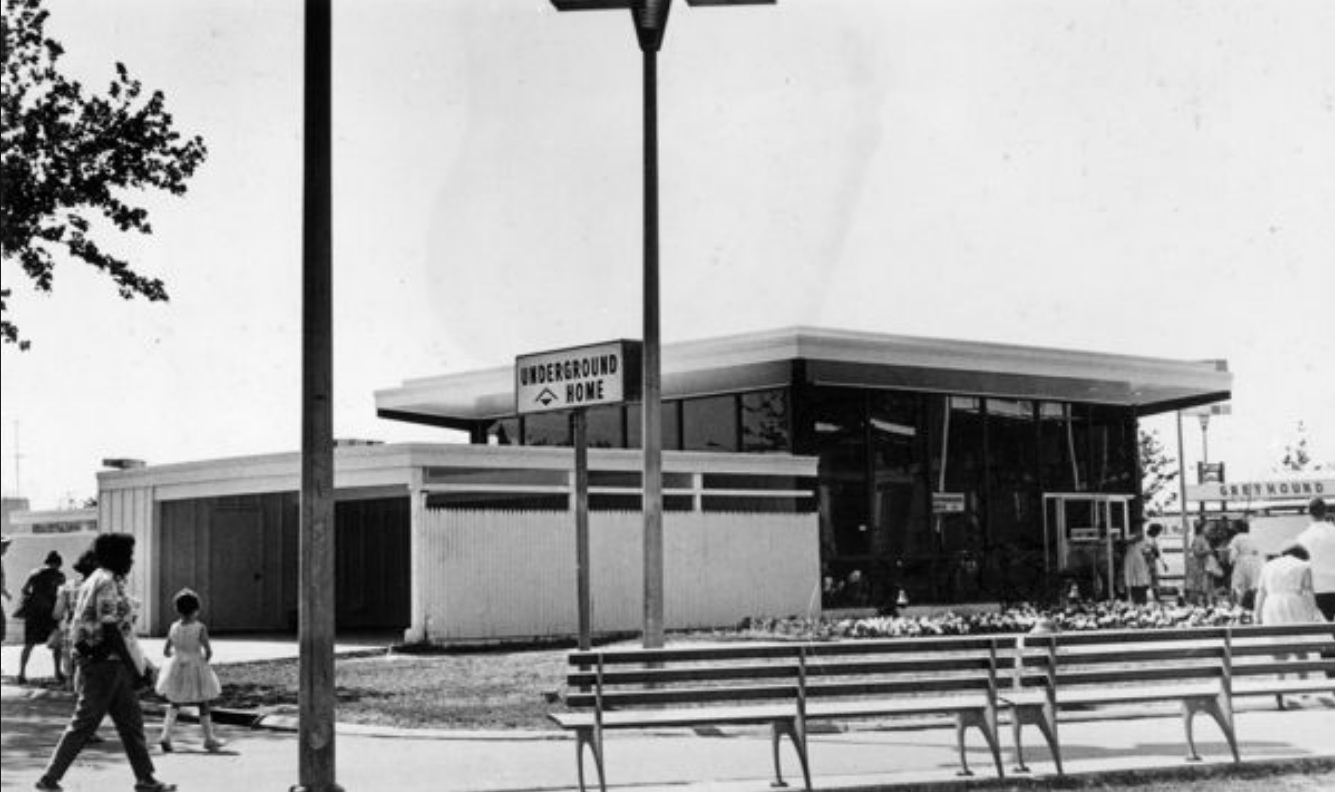A subterranean escape
The “Underground Home” from the 1964-65 World Fair offered a refuge from the Cold War, the changing climate, and the outside world. What happened to it?
Kohava Mendelsohn • October 30, 2024

The original brochure advertised the Underground Home as “a world of total ease and comfort, of security, safety, and above all, privacy” [Wikimedia | Creative Commons]
Dreams of escaping our polluted, climate change-wracked planet may seem a modern concept. While climate refugees are forced to move to escape disasters, we daydream of an escape to Mars. But even 60 years ago, humanity was looking for an escape in a very different direction: beneath the Earth.
The 1964-65 World Fair hosted a special exhibit: a house, completely underground. Shortly after the Cuban Missile Crisis, in a world plagued by air pollution, living underground seemed like a solution. The Underground Home was a three bedroom house with 5,600 square feet of space that regulated its own air temperature, humidity and air pressure. It was allegedly located below Flushing Meadows-Corona Park, in Queens, New York.
The project generated attention, but at $80,000 per house, no buyers were interested in shelling out that amount (approximately $800,000 in 2024). The fact that no one bought any underground homes combined with the high cost of demolishing the home inspired a movement around 2012 that believed the remains of the exhibit may still be present underneath the park. Then, in 2017, the demolition of the house was confirmed by an investigation by Gothamist which discovered records in the New York Public Library system.
No matter if the house is still buried underneath Flushing Meadows-Corona Park, the dream it represents — the idea of surviving climate change through living beneath the Earth — lives on in the hearts of urban planners today.